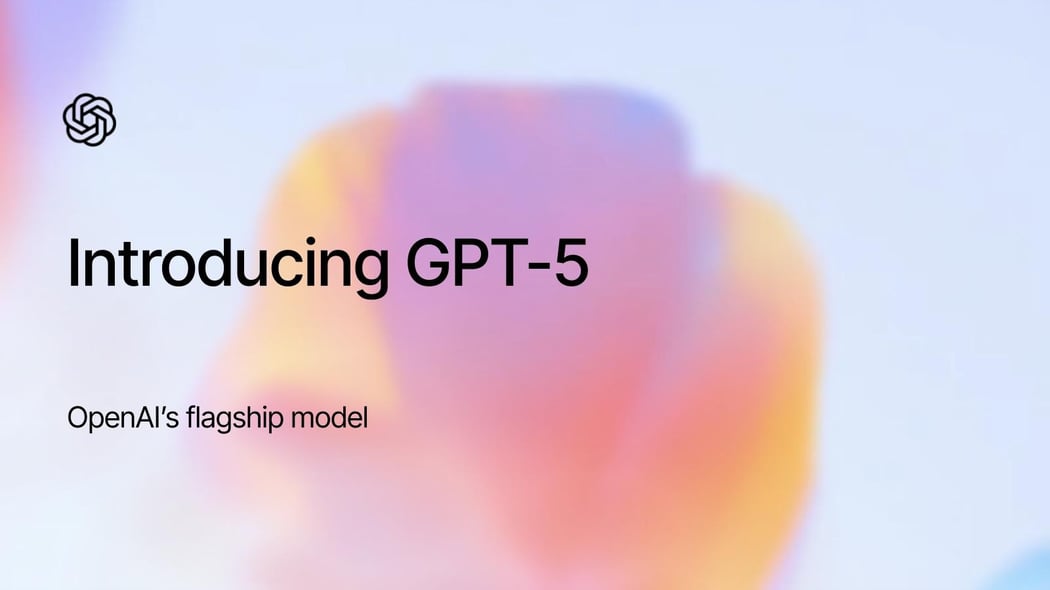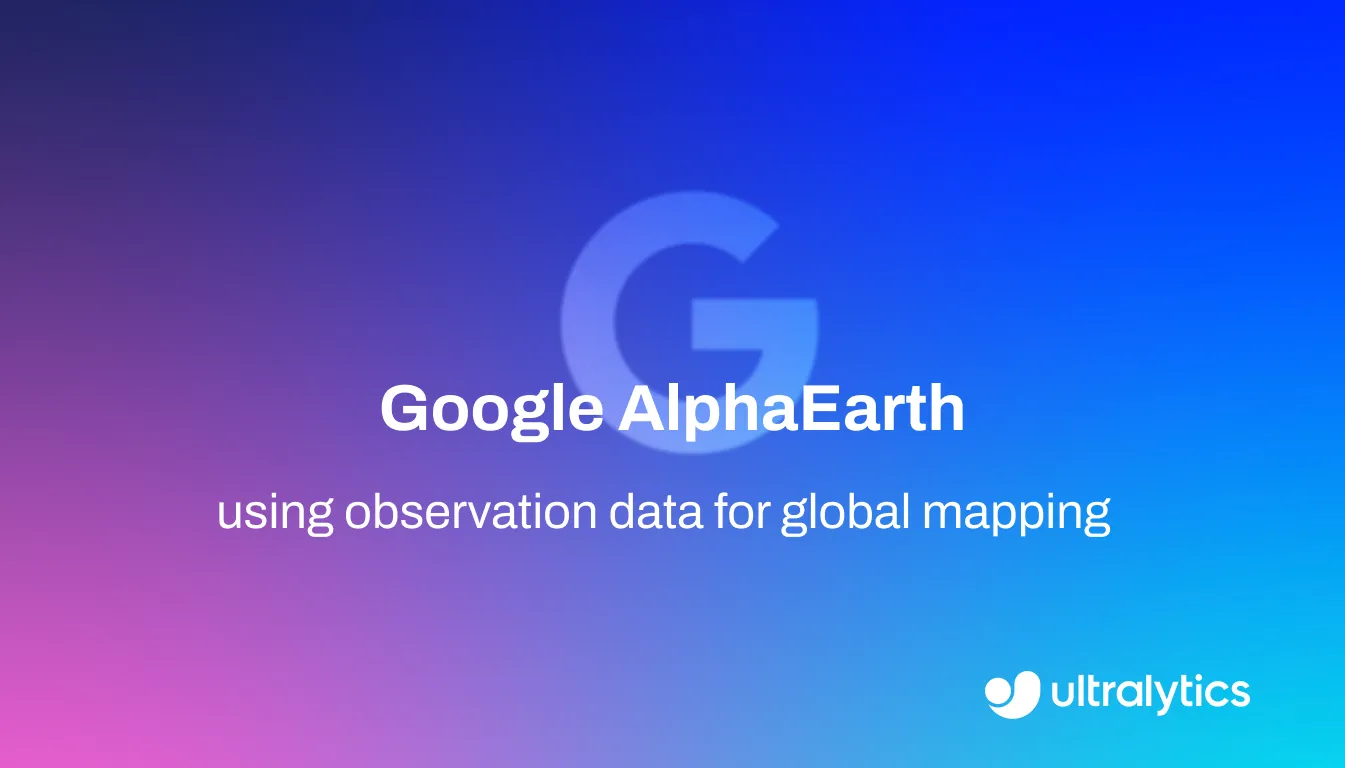Allucinazione (in LLM)
Scoprite cosa provoca le allucinazioni nei modelli linguistici di grandi dimensioni (LLM) ed esplorate le strategie efficaci per mitigare le imprecisioni nei contenuti generati dall'IA.
Nel contesto dei Large Language Models (LLM), un'allucinazione si riferisce a un fenomeno in cui il modello genera un testo sicuro e plausibile, ma di fatto errato, insensato o non fondato sui dati di partenza forniti. Questi modelli, progettati per la generazione di testi avanzati, possono talvolta inventare fatti, fonti o dettagli, presentandoli come se fossero veri. Questo accade perché l'obiettivo primario di un LLM è prevedere la parola successiva in una sequenza per formare frasi coerenti, non verificare la veridicità delle informazioni che genera. Comprendere e attenuare le allucinazioni è una sfida centrale per rendere più affidabile l'IA generativa.
Perché i laureati in Lettere hanno le allucinazioni?
Le allucinazioni non sono inganni intenzionali, ma sono un sottoprodotto del modo in cui i LLM sono costruiti e addestrati. Le cause principali includono:
- Imperfezioni dei dati di formazione: I modelli come GPT-3 e GPT-4 imparano da immensi volumi di testo provenienti da Internet, che inevitabilmente contengono errori, informazioni obsolete e pregiudizi algoritmici. Il modello apprende questi modelli dai dati di addestramento senza una comprensione intrinseca della verità.
- Progettazione architettonica: L'architettura del Transformer è ottimizzata per la corrispondenza dei modelli e la modellazione del linguaggio, non per il richiamo dei fatti o il ragionamento logico. Questo può portare a quello che alcuni ricercatori chiamano"pappagallo stocastico", un'entità in grado di imitare il linguaggio senza comprenderne il significato.
- Ambiguità del tempo di inferenza: Durante la generazione, se il modello è incerto sul prossimo token migliore, può "riempire i vuoti" con informazioni plausibili ma inventate. La regolazione dei parametri di inferenza, come la temperatura, può talvolta ridurre questo fenomeno, ma rimane una sfida fondamentale. Per una panoramica tecnica, si veda questo studio sulle allucinazioni LLM di arXiv.
Esempi di allucinazione nel mondo reale
- Ricerca legale: Un avvocato che utilizzava un assistente AI per la ricerca di casi, gli ha chiesto di trovare dei precedenti legali. Il chatbot ha citato diversi casi giudiziari completamente inventati, compresi i nomi dei casi e le analisi giuridiche, che erano plausibili ma inesistenti. Questo incidente reale ha messo in evidenza i gravi rischi dell'impiego di LLM in settori ad alto rischio senza un robusto fact-checking.
- Raccomandazioni sui prodotti: Un utente chiede a un chatbot il "miglior zaino da trekking con pannello solare incorporato". Il LLM potrebbe raccomandare con sicurezza un modello specifico, descrivendone le caratteristiche in dettaglio, anche se quel particolare prodotto o combinazione di caratteristiche non esiste. Il modello combina i concetti dei suoi dati di addestramento per creare un prodotto plausibile ma fittizio.
Come ridurre le allucinazioni
Ricercatori e sviluppatori stanno lavorando attivamente a diverse strategie di mitigazione:
Allucinazione e altri errori di IA
- Bias nell'IA: Il bias nell'IA si riferisce a errori sistematici in cui i risultati di un modello favoriscono ingiustamente alcuni gruppi, di solito riflettendo pregiudizi della società o del set di dati. L'allucinazione riguarda la scorrettezza dei fatti, non necessariamente il pregiudizio. Entrambe le cose costituiscono un serio problema per l'etica dell'IA.
- Errori di visione artificiale: Il concetto di allucinazione è associato principalmente all'elaborazione del linguaggio naturale (NLP). Nella Computer Vision (CV), un errore significa tipicamente che un modello come Ultralytics YOLO commette un errore nel rilevamento degli oggetti (ad esempio, classifica erroneamente un gatto come un cane) o non riesce a rilevare un oggetto, il che si riferisce alla sua accuratezza. Si tratta di un errore di percezione, non di un'invenzione di informazioni. Tuttavia, man mano che i modelli multimodali che uniscono visione e linguaggio diventano più comuni, possono anche "allucinare" descrizioni errate delle immagini. La gestione di entrambi i tipi di modelli può essere semplificata da piattaforme come Ultralytics HUB.








